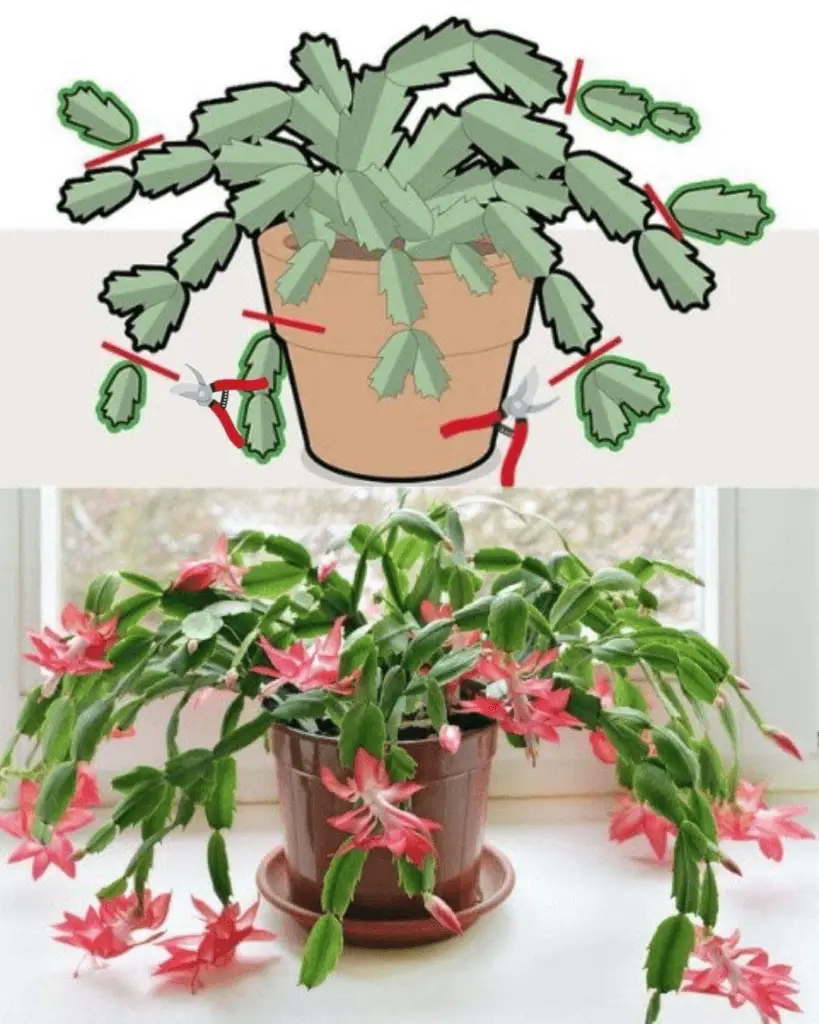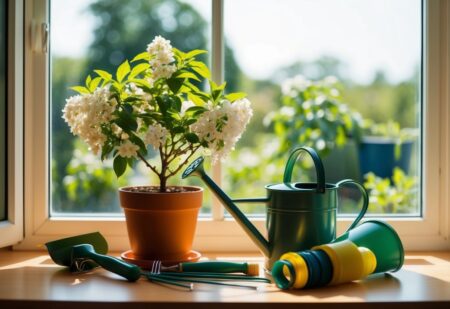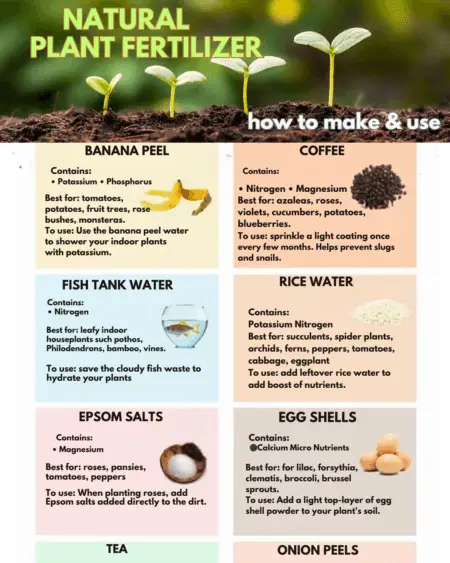The Christmas cactus is a beloved houseplant often associated with the festive season. With the right care, these plants can thrive for many years, making them a cherished addition to any home.
Pruning plays a crucial role in maintaining their health, as it supports blooming and reduces the risk of disease. This practice also allows plant owners to propagate cuttings, sharing a piece of their plant with family and friends.
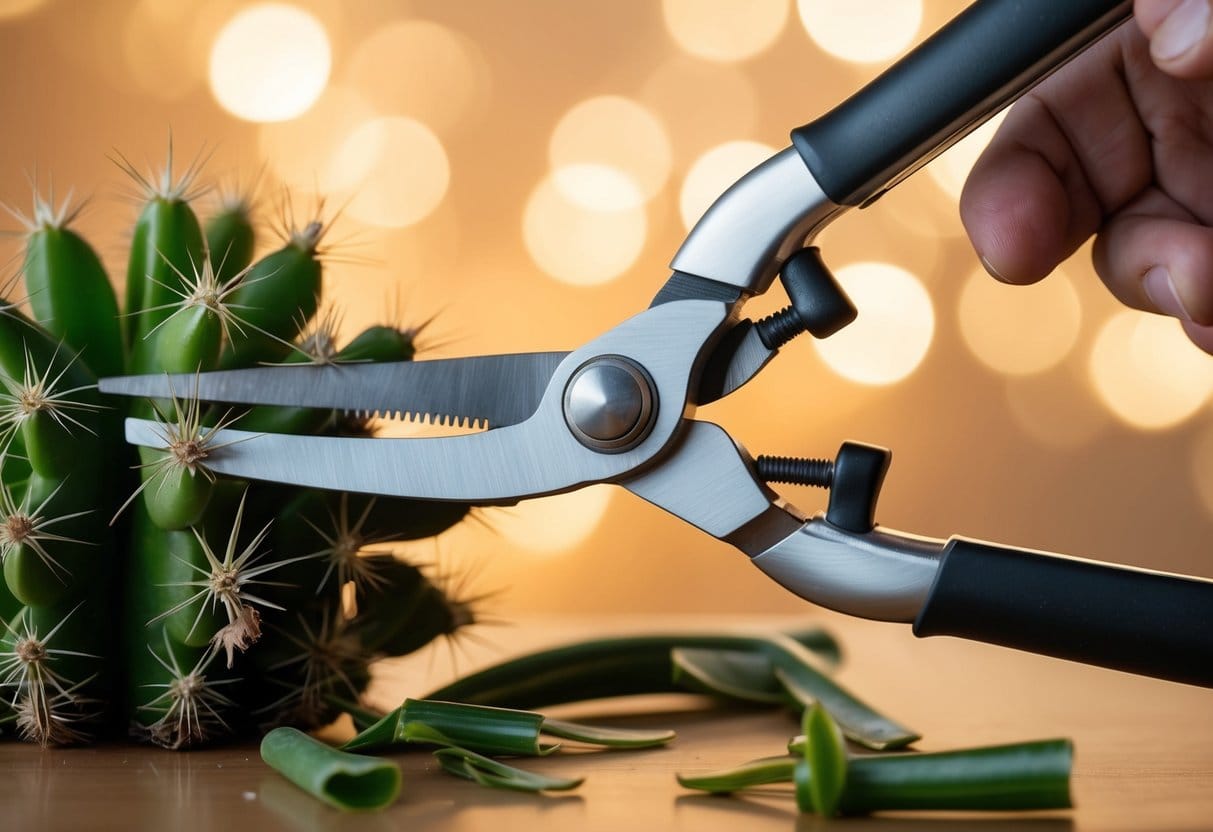
Horticulturists agree that understanding when and how to prune can greatly enhance the plant’s longevity and beauty.
By following expert advice, owners can ensure their Christmas cactus remains vibrant and flourishing year after year.
From knowing the best time to prune to learning the steps needed for effective care, proper techniques can lead to a more robust, healthy plant.
Key Takeaways
- Pruning encourages blooming and helps prevent disease in Christmas cacti.
- Learning to propagate can help share the plant with loved ones.
- Proper care can ensure the Christmas cactus thrives for decades.
Significance of Cutting Back Christmas Cactus
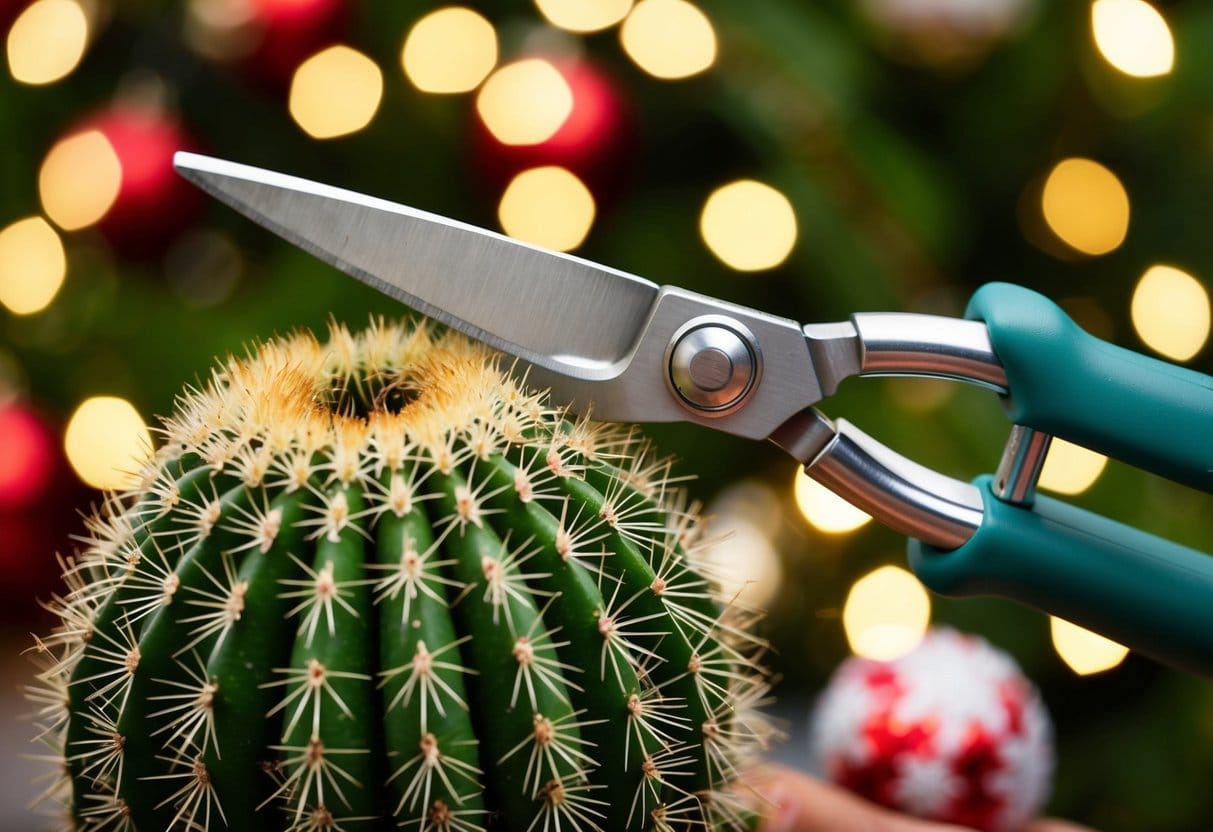
Pruning a Christmas cactus enhances its ability to produce vibrant flowers and supports its well-being.
When cut back, the plant generates more branches, which can lead to an increase in the number of pads available for blooming. This results in brighter, more colorful flowers during the holiday season.
Additionally, trimming keeps the cactus’s size manageable. These plants can grow over 2 feet in length and can thrive for many years.
Regular pruning also allows for propagation, enabling the sharing of cuttings as thoughtful gifts among friends and family. Proper care ensures a healthy plant that can flourish in indirect light conditions.
Timing for Pruning a Christmas Cactus
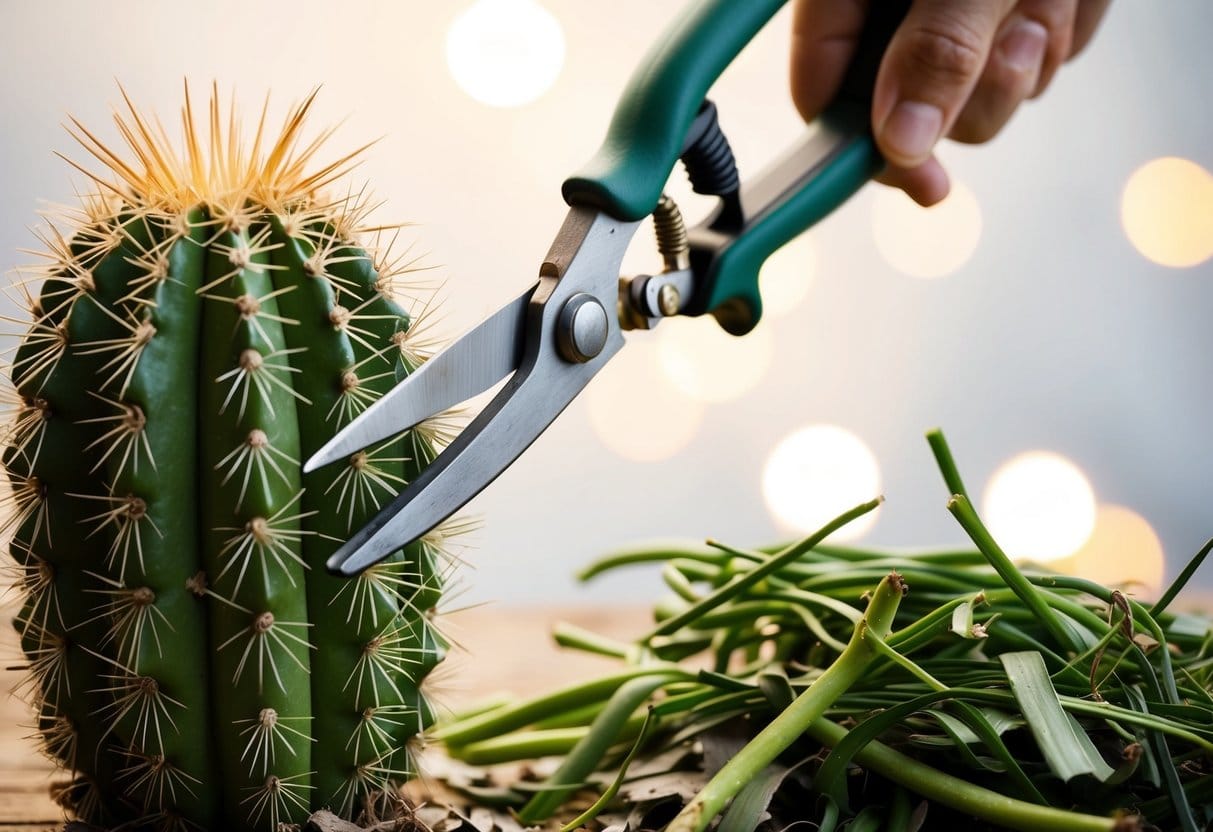
The ideal time to prune a Christmas cactus is right after it finishes flowering, typically in January or February. This period signals the beginning of its growth phase, as the plant will start forming new segments.
Cutting back during this time not only helps to shape the cactus but also removes any uneven or scraggly growth. By aligning with the plant’s natural cycle, the cactus will likely produce a more vibrant display of blooms in the next season.
Before initiating the pruning process, it is essential to consider the desired outcome.
If the goal is to maintain size, more branches may need to be trimmed. Conversely, for propagation purposes, less aggressive pruning is advised.
Pruning Christmas Cactus for Size
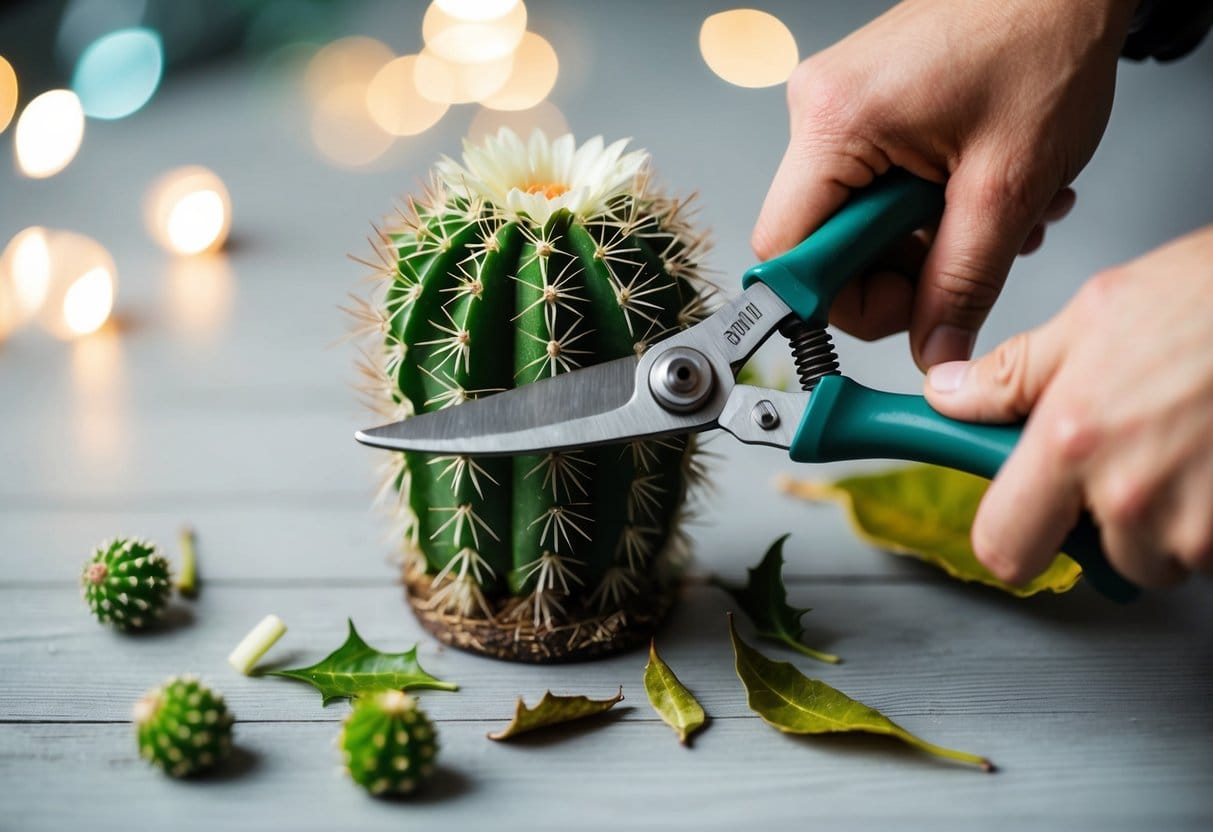
To shape a Christmas cactus and control its size, focus on areas that require better light and airflow, and remove any unhealthy stems.
Start by using clean, sharp scissors or pruning shears to trim away yellow or damaged segments. Each cut should be made at the joint where two pads connect.
Sanitize the cutting tools after each use to prevent spreading disease to healthy sections.
Prune with care, aiming to remove no more than one-third of the plant to avoid stress. This encourages the plant to grow fuller and develop more blooms.
While twisting off tips is an option, using pruners ensures cleaner cuts. Tearing tissues can hinder new growth, as it damages cells that are essential for developing fresh leaves.
Regular pruning helps maintain a bushy appearance and encourages denser foliage.
How to Trim Christmas Cactus for Plant Propagation
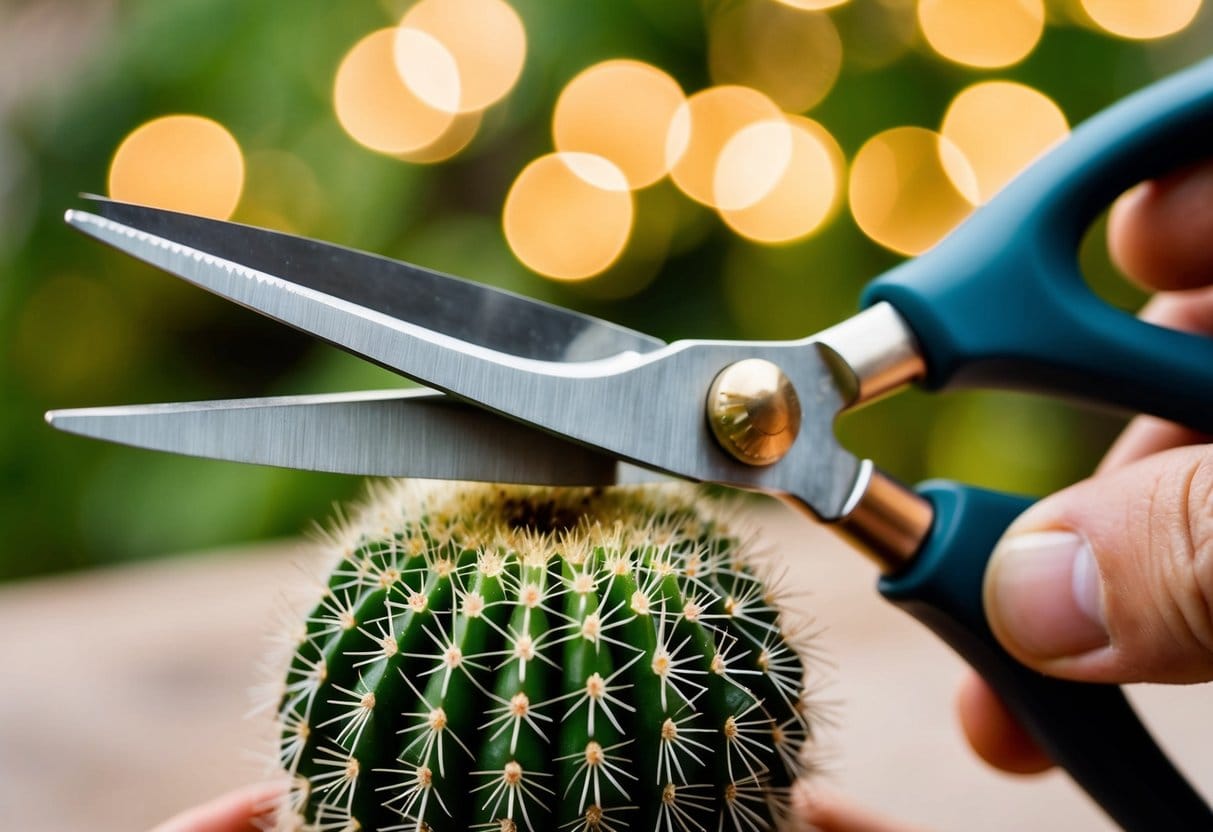
To propagate a Christmas cactus, only cut the segments needed for new plants.
- Use clean, sharp tools to remove cuttings, ensuring no more than one-third of the cactus is trimmed.
- Each cutting should have two to three segments for better chances of rooting.
- Allow the cuttings to dry for one to two days to help prevent rot.
- Once dried, plant the cuttings in a pot filled with a cacti and succulent mix.
- Provide ample water and place the pot in a warm, well-lit area to promote growth.
How to Remove Old Flowers from a Christmas Cactus
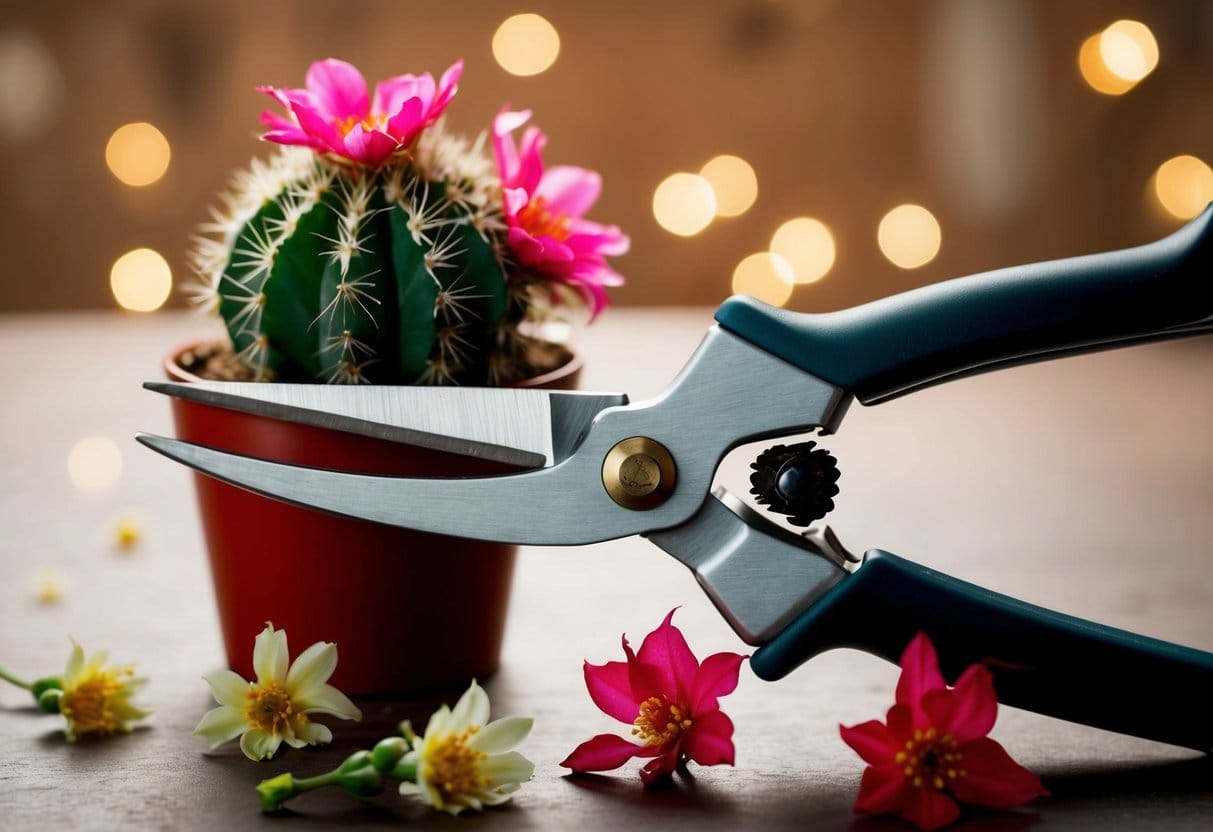
To enhance the look of a Christmas cactus, removing old and faded flowers is key. This process, known as deadheading, involves grasping the flower at its base and either twisting or gently pulling to remove it.
Benefits of Deadheading:
- Improves plant aesthetics
- Reduces the risk of disease and pests
- Minimizes excess moisture around the plant
After deadheading, ensure proper care by checking drainage holes to avoid root rot and allowing for adequate airflow. Consider repotting if the potting soil is too compact or has poor drainage.
Frequently Asked Questions
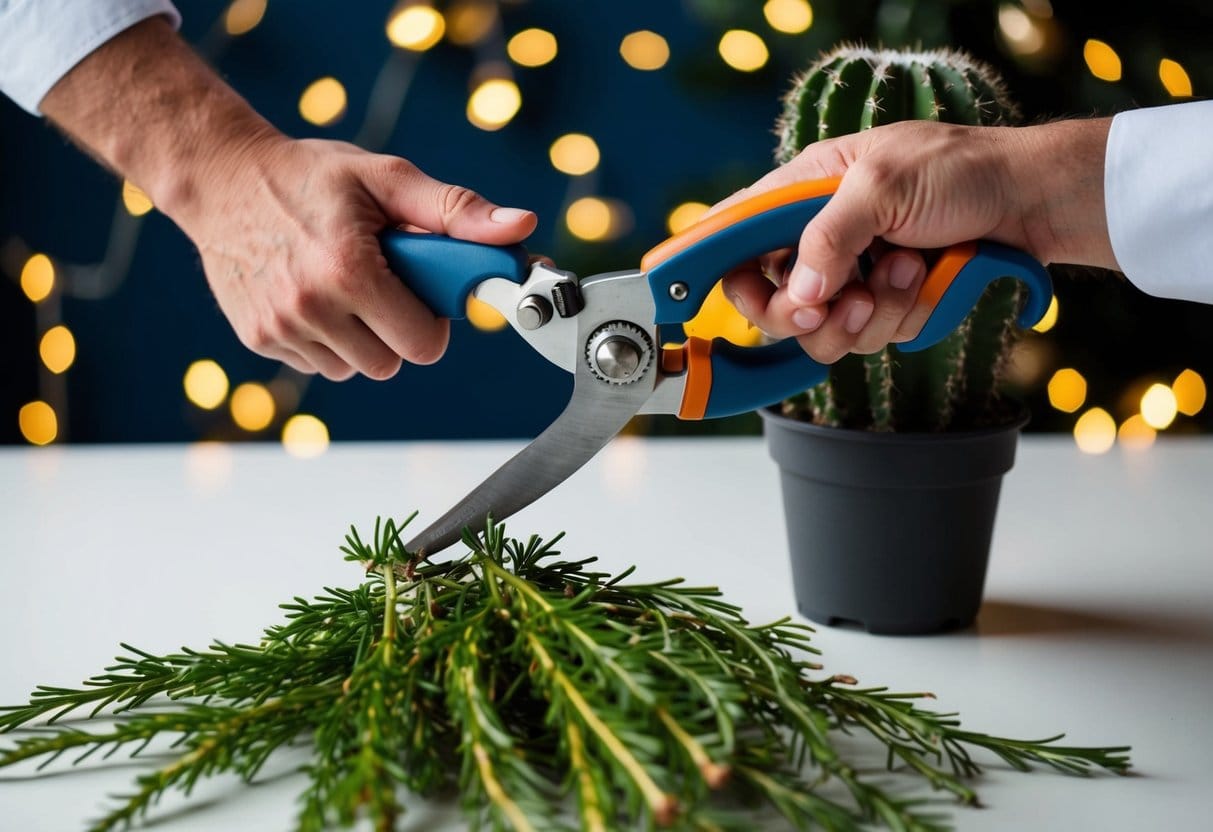
When is the optimal time to trim a Christmas cactus?
The best time to prune a Christmas cactus is typically between January and February, right after it has finished blooming. This timing allows the plant to recover and encourages healthier growth in the coming months.
What techniques should be used to trim a Christmas cactus safely?
To avoid harming the plant, it is recommended to gently twist or pinch off segments where two stems connect. This method minimizes damage and helps the plant heal more effectively. It is advisable to only remove two to three segments from each stem to maintain balance.
How should cuttings from a pruned Christmas cactus be cared for?
After cutting, the segments should be allowed to dry for a few hours to form a callus. This helps prevent rot. Once callused, they can be planted in a well-draining soil mix and kept in a warm, indirect light environment until roots develop.
What methods can be used to effectively prune a large Christmas cactus?
In the case of a large Christmas cactus, it is important to tackle pruning gradually. Start by identifying the most overgrown areas and removing segments in small batches. This can help shape the plant without causing shock. Keeping tools clean is also important to reduce the risk of infection.
How can blooming be encouraged in a Christmas cactus after pruning?
To promote blooming after pruning, it is essential to provide the plant with a period of reduced water and cooler temperatures during the fall. This simulates its natural environment and encourages it to prepare for flowering.
What steps should be taken for a leggy Christmas cactus?
A leggy Christmas cactus may need a more severe pruning. Shear back the longer stems to encourage new growth.
Providing brighter, indirect light and adjusting the watering schedule can also help the plant become fuller and healthier.


